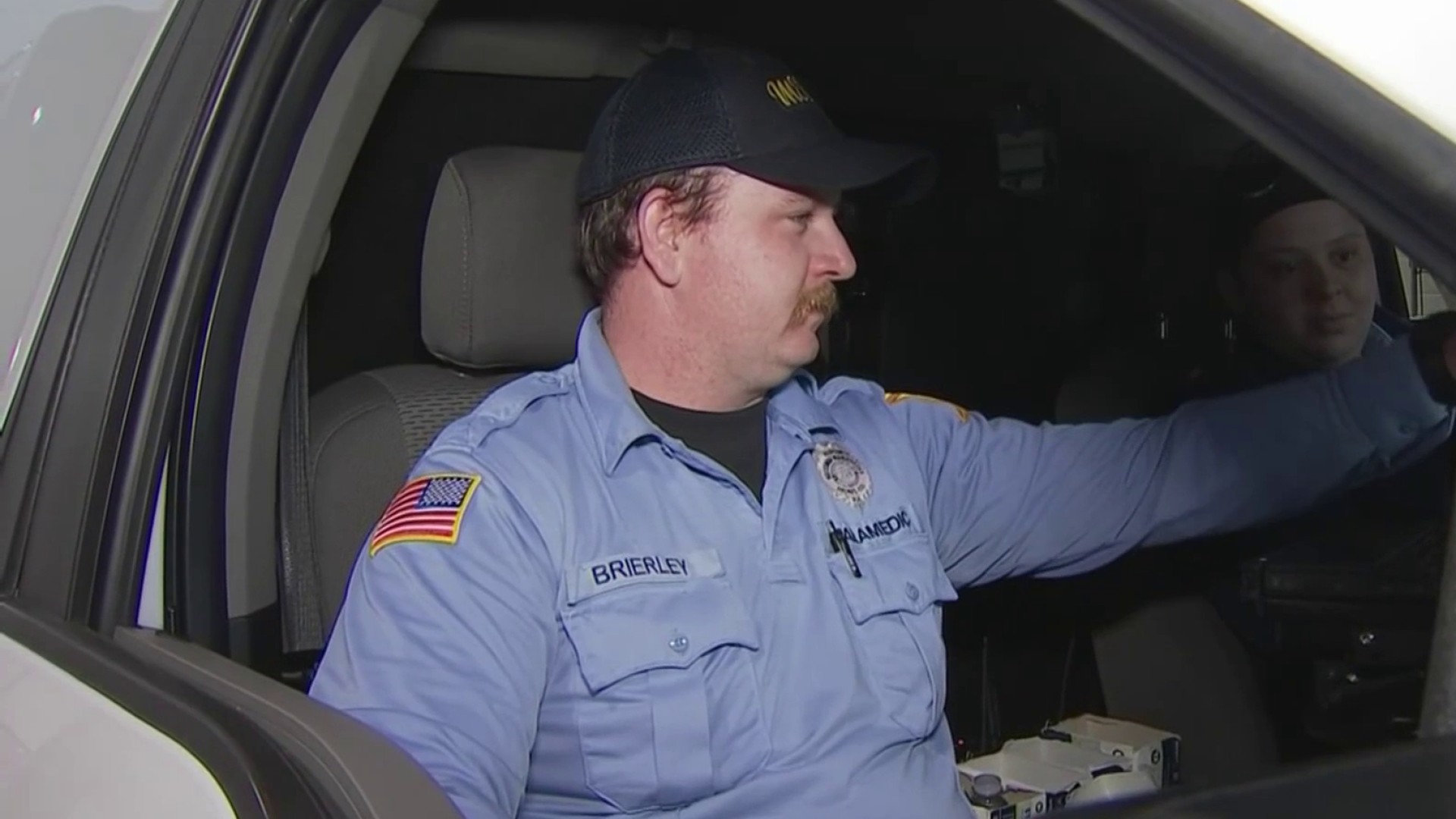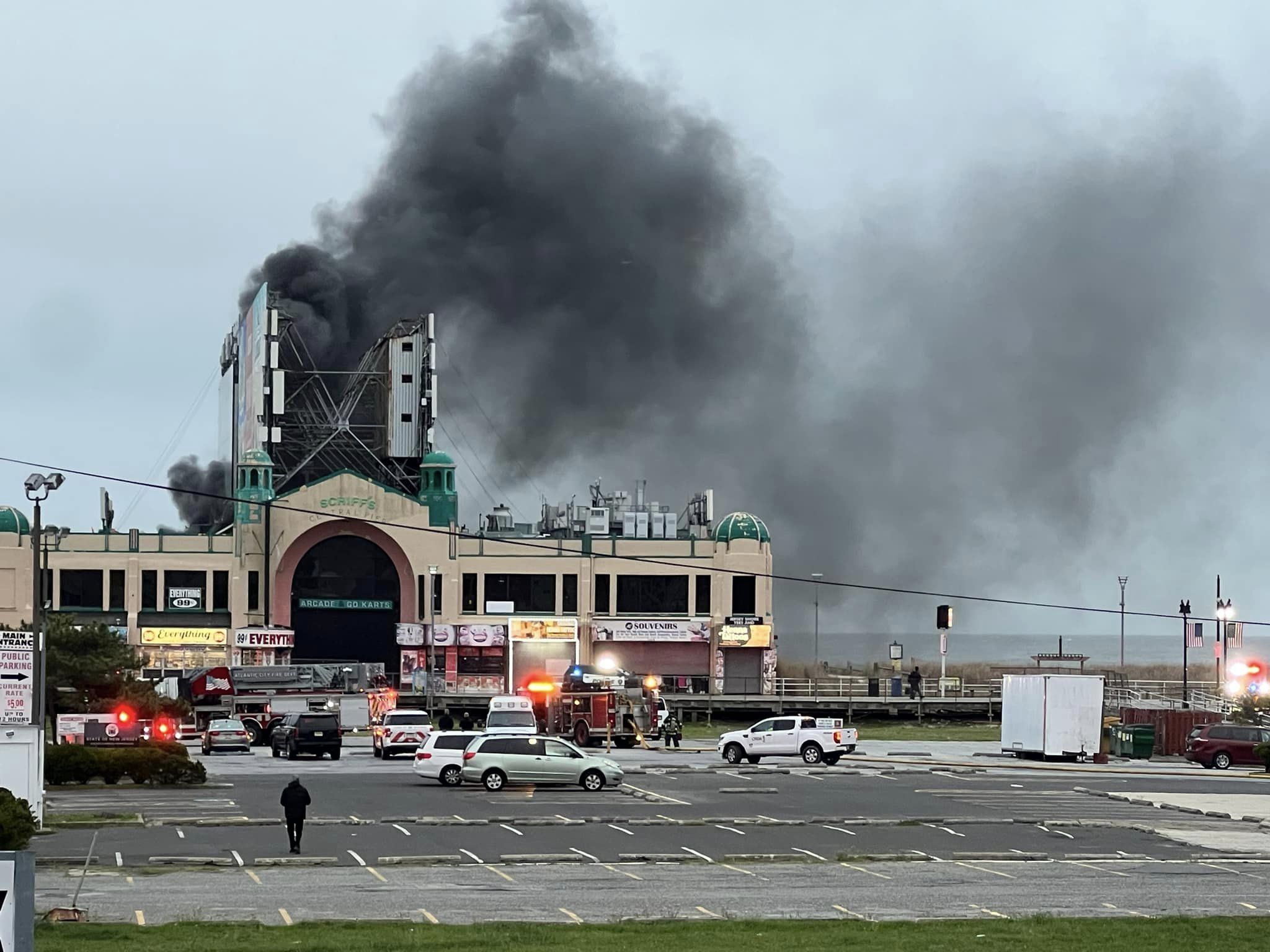'Too Soon'. No.
There have been quotes after the storms: “It’s too early to talk about climate change and these hurricanes.” Or, “It’s very insensitive to the people in ____” (add disaster location here). Ask the storm victims in Texas or Florida if it’s too soon, or insensitive. Maybe we really should ask the victims that question. Chance are, they’d say “no”. It’s natural for people to want to know WHY and HOW their life just changed.
Is it too soon, or insensitive for police to ask victims of a car crash what just happened? Yes, they may be in shock. Yes, it may be uncomfortable. But it is my experience that people who say “It’s too soon….” really mean: “I don’t want this subject to be talked about. Ever!” Increasingly, it’s getting too uncomfortable to try to defend the idea that climate change had no impact on these recent disasters (Oh yes, let’s add the record wildfires out west).
The Non-Alarming Part
* Hurricanes are a part of nature, and probably have been around longer than humans.
* Even “monster” hurricanes (Category 4 and 5) have happened in the past, long before any human influence on climate.
* Previous hurricanes (and typhoons or cyclones, they are all the same thing) have stalled, leading to record flooding.
Local
Breaking news and the stories that matter to your neighborhood.
* Human activities, aside from adding greenhouse gases to the atmosphere, have clearly led to more flooding and more deaths than before humans existed. Destroying wetlands, farms and trees, and replacing them with concrete has made flooding worse.
* The number of hurricanes in recorded history is too small, and the natural variability of them is so large that it’s hard to prove climate/hurricane connections.
So We Throw Our Hands Up And Can’t Say Anything. Right?
Of course not. Just because we don’t know everything doesn’t mean we know nothing. Not everyone who smokes ends up getting lung cancer. But if you do get lung cancer, chances are high that you are or were a smoker. Science is not always about absolutes and 100 percent certainty. We knew enough back in the 1950s to SUSPECT that smoking led to increased cancer risk. Additional evidence in the 60s led to warnings on cigarette packs.
In this case, no respectable scientist is going to say that climate change CAUSED Harvey and Irma. That’s not the proper question anyway. Climate scientists don’t talk about hurricanes that way. It’s called a “straw man argument.” That means “misrepresenting an opponent’s position to make it easier to refute.”
The analogy of a baseball player using steroids has been used by many climate scientists. A player like Giancarlo Stanton does not need any steroid help to hit home runs. They go so far that the question is absurd. But what about a player who happens to use steroids and hits the ball just over the fence. We can’t prove that he wouldn’t have hit the homer without the use of steroids, but we’re pretty darn suspicious. On the other hand, no amount of steroids would enable me to hit a homer off a major league pitcher (maybe a little leaguer).
So, if it only takes 5 inches of rain to flood your house, getting 20 inches from Harvey probably wouldn’t make you suspect that climate change had any significant impact. But if it takes 18 inches to flood, you might reasonably be suspicious that the extra couple of inches wasn’t all “nature”.
The Climate Change/Hurricane Connection
The world is governed by laws of physics. At least this world is. There are equations to describe those laws. Some are simple, while others are complex. But they have been accepted by the scientific world for centuries. One of them is the Clausius-Clapeyron equation. It shows that there is about a 3-percent increase in average moisture in the atmosphere for every 1 degree (Fahrenheit) of warming. So:
Warmer ocean = more moisture
More moisture = more rain (or snow)
More rain = higher chance of flooding, or more area is flooded
The waters in the Gulf of Mexico, the Caribbean and Tropical Atlantic have all warmed in recent decades. The amounts have varied, and daily weather patterns change those numbers, too. But that 3 percent moisture increase per degree is an AVERAGE over the earth. Storms tend to have the moisture gather in small areas. So we don’t know exactly how much more moisture was around for Harvey or Irma due to climate change. But we’re pretty sure it had some effect on increasing rainfall.
There are complicating factors that could add even more to the "moisture effect."
Warmer ocean = more intense storm
More intense storm = more wind
More wind = more “convergence” (winds coming together)
More convergence = more rain
So, this is a “multiplier”, also known as a “positive feedback.” So, what seems to be just a slight increase could be leading to larger ones than even current climate scientists agree on.
[NATL] Extreme Weather Photos: Record Heat Threatens Europe
Another factor that can actually be measured is sea level rise. We know how much it has risen over the decades. That amount is added to any storm surge, and increases the number of homes affected. This was calculated for Sandy, for example by the Institute for Environmental Studies in the Netherlands. The extra foot of sea level rise in the past century added about $2 billion extra damage. That didn’t mean anything if you were near the coast and flooded badly, but if you were in the area that flooded by a foot or less, it meant everything.
Harvey: The Storm That Refused to Move. Why?
No, we don’t know the answer to that question. And this is actually where an active climate change debate is happening right now (not the basics of climate change. They moved on from that long ago).
There have been some studies in the past decade that suggest a connection between the rapid ice melt in the Arctic and “blocking patterns” in the atmosphere much farther south. HIGH pressure across Canada, the North Atlantic or Greenland becomes even higher. One possible example was Sandy’s rare, sharp left turn that allowed it to slam into North Jersey. Some climate scientists suspect a connection, and have written peer-reviewed papers showing the reasoning.
[NATL] Harvey Heroes: A Look at Rescue Efforts by Civilians, First Responders During Floods
The most recent paper was published earlier this year by Dr. Michael Mann of Penn State, along with climate scientists from Minnesota, Germany and the Netherlands. It’s pretty complex stuff, but they did use real world data, and concluded:
“Both the models and observations suggest this signal has only recently emerged from the background noise of natural variability.”
Their 41 references include some of the biggest names in climate science. Some of their quotes:
Coumou et al.19 showed that the Northern Hemisphere summer jet and associated storm activity have weakened since 1979 and hypothesized that this could lead to more persistent, and therefore more extreme, summer weather.
This adds to the weight of evidence for a human influence on the occurrence of devastating events such as the 2003 European heat wave, the 2010 Pakistan flood and Russian heat wave, the 2011 Texas heat wave and recent floods in Europe.
Weather Channel meteorologist Stu Ostro has followed the Arctic weather pattern changes for more than a decade. No computer models, just weather maps of the actual weather. There are striking similarities in the strength of HIGH pressure well north in many record floods.
Irma: Most Intense
Irma was a borderline Category 4 hurricane when it hit the Florida Keys, with 130 mph maximum winds. But it was a Category 5 with 185 mph winds when it hit part of the Caribbean, including the Virgin Islands. At one point, it was the most intense hurricane ever recorded in the Atlantic Basin outside the Caribbean. Is it a coincidence that the most intense hurricane in the Atlantic occurred two years after the most intense hurricane in the Eastern Pacific (Patricia-215 mph), and only a few years after the most intense typhoon landfall in the Western Pacific (Haiyan-196 mph)? These “coincidences” are getting out of hand!
Did it really make that much difference that Irma went from 185 mph to 130 mph? It sure did. The chart below was the result of a study of hurricane damage back in 1998 (by Pielke and Lansea). The damage goes up exponentially, so there’s a huge difference!

So, every bit of wind increase would make the resulting damage a lot worse. A 140 mph storm would cause FIVE times the damage of a 120 mph storm. And it’s not just the wind. The storm surge of an average hurricane would be about FIVE feet higher in the 140 mph storm, and at least TEN feet higher in the 185 mph Irma.
What’s my point? The warmer ocean than “normal” approaching the Caribbean probably intensified Irma somewhat. How much, we don’t know at this time. Research in the coming years may be able to answer that. We also don’t know yet if the unusually large size of Irma was related to the warming ocean (remember Sandy was the largest ever recorded in the Atlantic). If Irma hadn’t hit Cuba first, those winds in the Keys, Marco Island and Naples would have been much higher.
Also, add in the increased rainfall due to the increased moisture in the atmosphere, as explained earlier. The heavy rain in some areas (like Jacksonville) combined with the storm surge to create record flooding.
[NATL]Photos: Long Road to Recovery Begins After Irma
The Bottom Line
1. No, it’s not too soon to talk about the climate change/hurricane connection.
2. The warmer ocean probably increased both the strength and rainfall.
3. There is increasing evidence that warming in the Arctic could be helping to stall storms, or steer them in unusual ways. This is a more controversial part of the conversation, but “attribution science” is gradually getting more respect in the climate science community.
4. There is still plenty of push-back on the climate/hurricane connection. But scientists aren’t just making up this stuff. They are collecting evidence and learning more each year.
5. Scientists tend to hesitate on making big pronouncements until they are at least 90 percent sure they are right. With such variable weather normally, it takes a lot of evidence to reach that level of confidence.
Because of all of the above, I have a very long-range forecast:
Twenty years from now, a lot of people will be saying: “What were they thinking back then? It was SO obvious that climate change was affecting extreme weather!”



